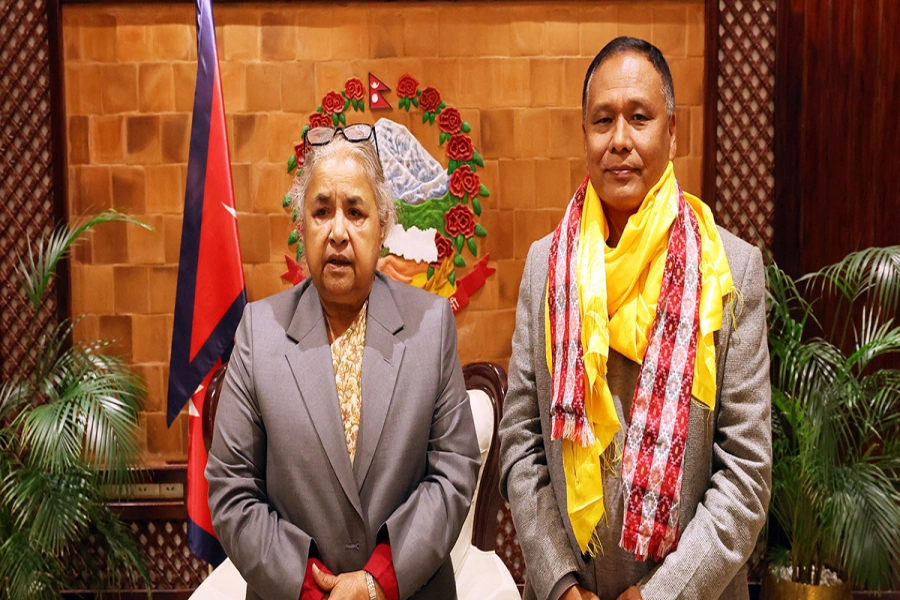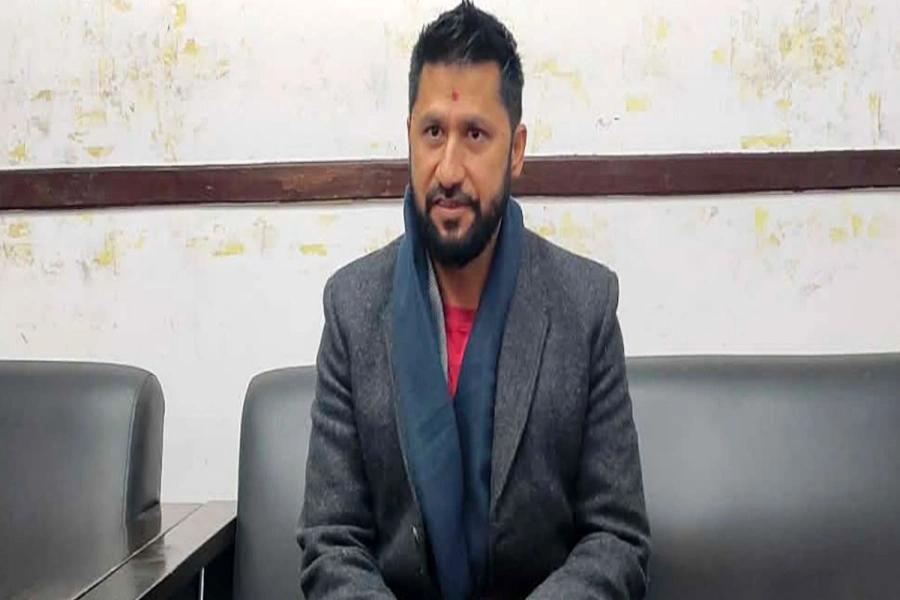Children's days are structured around the various skills adults feel they should learn. As students they attend school for most of the day. The rest of their day children spend in some extra classes that parents feel help build skills children need. These are formative years and learning is key. So we have built education systems around effective ways for children to learn. But how effective are our ways of teaching if they do not take into consideration how children learn naturally? Is it really logical that adults teach children how to learn rather that teach in ways that match how children's minds work?
In her experience as an educationist, Mridula Saria sees this contradiction clearly. She feels that if we teach in ways that children naturally learn from the world around them, the learning will be more effective. And children, she shares from her experience and research, do not work well when they have to focus on one thing or learn from listening constantly for long periods. Children need to explore and experience to understand and learn. She feels that most of our structured teaching is counterintuitive to how children learn.
Worth of stories

Saria is a software engineer who stumbled into teaching children when she decided to do a ‘codemasters’ workshop for children to make learning how to code fun. She realized that if more concepts were made fun to learn when she was a child, she would have learn much more and would have widened her horizons in so many ways. She and her friend Aayushi Kedia started with a few more skill based classes which grew into Grooming Tales that offers workshops and camps to foster children to be confident, skilled and knowledgeable individuals.
In this episode of Here's Why, Saria talks about what her experiences with children have taught her about misconceptions and mismanaged expectations that adults have about how children learn. In her experience children learn naturally almost like creative scientists. They test their hypothesis and make conclusions from their experience. But our existing structures of learning may be impeding learning simply because we are teaching children how we would like them to learn rather than how they like learning.



































